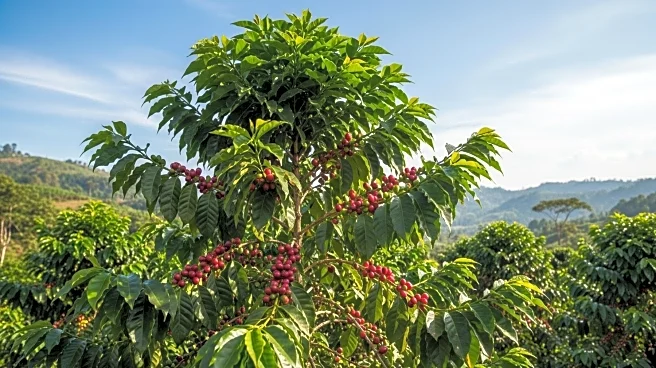Zambia's geographic and economic footprint in Southern Africa is significant, with the country playing a key role in regional trade and economic development. Its abundant natural resources and strategic location have positioned it as a major player in the region.
Geographic Reach
Zambia is bordered by eight countries, making it a central hub for regional trade and commerce. The country's diverse landscapes, including plateaus, river valleys, and national parks, contribute to its rich biodiversity and tourism potential.
Institutional Presence
Zambia's institutional presence is evident in its active participation in regional organizations such as the African Union and COMESA. The country hosts the headquarters of the Common Market for Eastern and Southern Africa, highlighting its commitment to regional economic integration.
Economic and Social Footprint
Zambia's economy is driven by its mining and agriculture sectors, with copper being the most significant export. The country's social footprint is reflected in its diverse ethnic groups and cultural heritage, which contribute to its vibrant cultural landscape.
Environmental or Community Impact
Zambia's abundant natural resources have both positive and negative impacts on the environment and local communities. While the mining industry contributes to economic growth, it also poses challenges in terms of environmental sustainability and community development.
 Discover Daily • 7 min read
Discover Daily • 7 min read 









